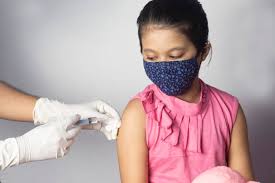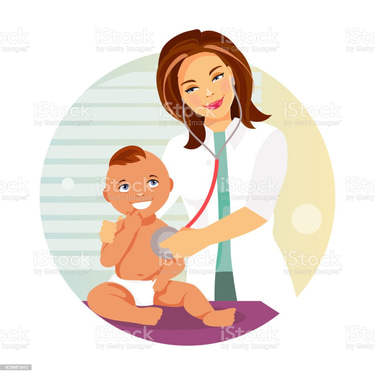Vaccination for children and newborns: Ensuring a Healthy Future
Vaccination for children and newborns: Guide for parents . One of the most crucial steps in safeguarding the health and protecting children from diseases is ensuring they receive timely vaccinations.
CHILD HEALTH
Let’s delve into why childhood vaccinations matter, explore vaccination schedules, and address common parental concerns.
1. Why Vaccinate? Disease Prevention:
Vaccines protect children from serious illnesses that can have lifelong consequences. Diseases like measles, whooping cough, and polio were once widespread and deadly. Thanks to vaccinations, these diseases are now preventable.
Community Immunity:
When a significant portion of the population is vaccinated, it creates community immunity (also known as herd immunity). This shields vulnerable individuals who cannot be vaccinated, such as newborns or those with weakened immune systems.
2. The Recommended Vaccination Schedule
Balancing Protection and Exposure:
The vaccination schedule is meticulously designed to provide optimal protection when children are most vulnerable to specific diseases. It ensures that vaccines are administered at the right ages for maximum effectiveness.
Key Vaccines and Their Timing:
DTaP (Diphtheria, Tetanus, Pertussis): Given at 2, 4, 6, and 15–18 months.
MMR (Measles, Mumps, Rubella): Administered at 1 year and 4–6 years.
Hib (Haemophilus influenzae type b): Starts at 2 months.
Polio: Given at 2, 4, 6–18 months, and 4–6 years.
Flu (Influenza): Annually starting at 6 months.
3. Addressing Common Concerns
Vaccine Safety:
Extensive Testing: Vaccines undergo rigorous lab testing before human trials. Clinical studies continue even after licensing.
Ingredients: Modern vaccines contain only necessary ingredients, such as adjuvants (boost immune response), stabilizers, and preservatives. Thimerosal is no longer used except in some flu vaccines.
Credible Sources: Seek information from reputable sources to dispel misinformation.
Side Effects:
Mild Reactions: Common side effects include mild fever, soreness, or redness at the injection site.
Serious Reactions: These are extremely rare. The benefits of vaccination far outweigh the risks.
Combination Vaccines:
Safe and Effective: Combination vaccines (e.g., DTaP-Hib-IPV) reduce the number of shots and are safe for children.
4. Monitoring Vaccine Safety
Ongoing Surveillance:
FDA, CDC, and WHO: These agencies continually monitor vaccine safety.
Reporting Adverse Events: Parents can report any concerns through the Vaccine Adverse Event Reporting System (VAERS).
Conclusion: A Collective Responsibility
Vaccinating our children is not just a personal choice; it’s a responsibility to protect our communities. By adhering to vaccination schedules and addressing parental concerns, we contribute to a healthier, safer world for our little ones. 🌟👶💉
Disclaimer: Always consult your child’s pediatrician for personalized advice.


